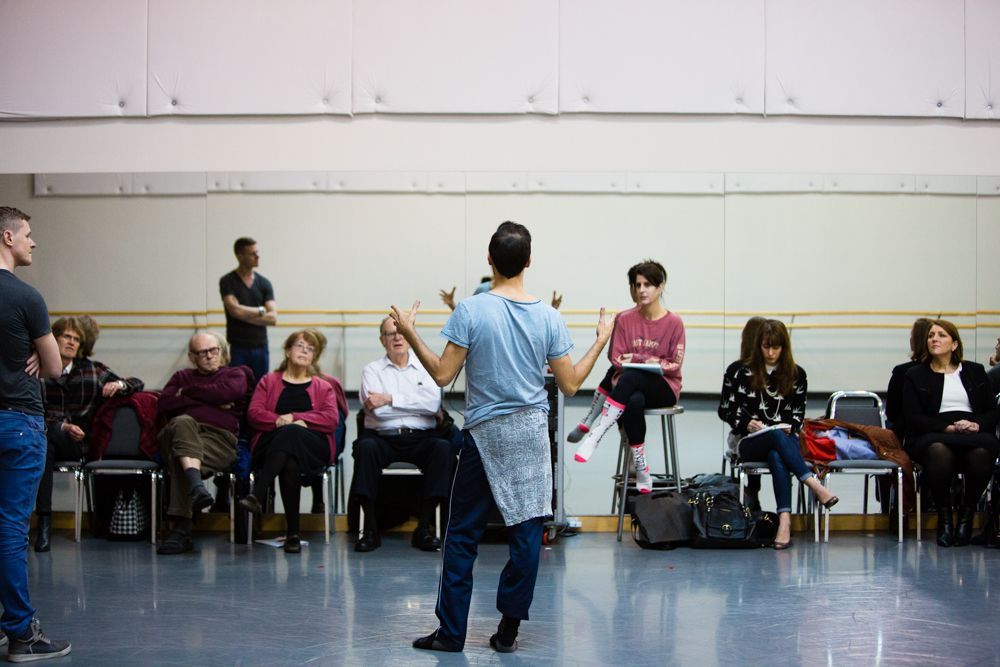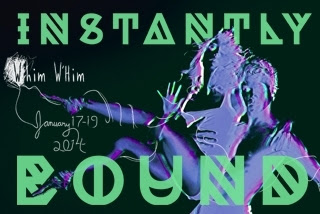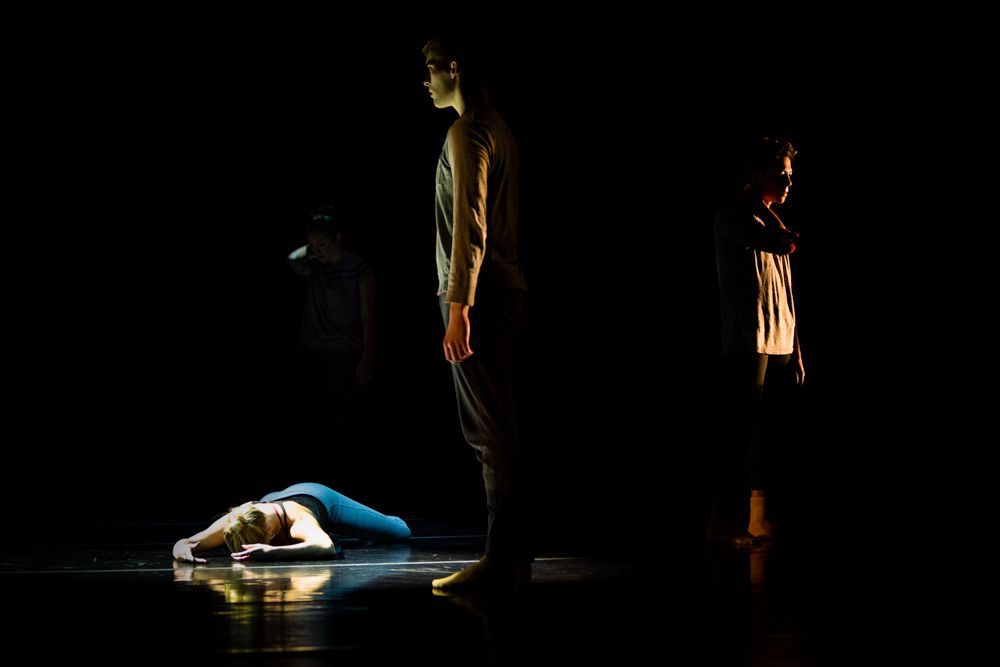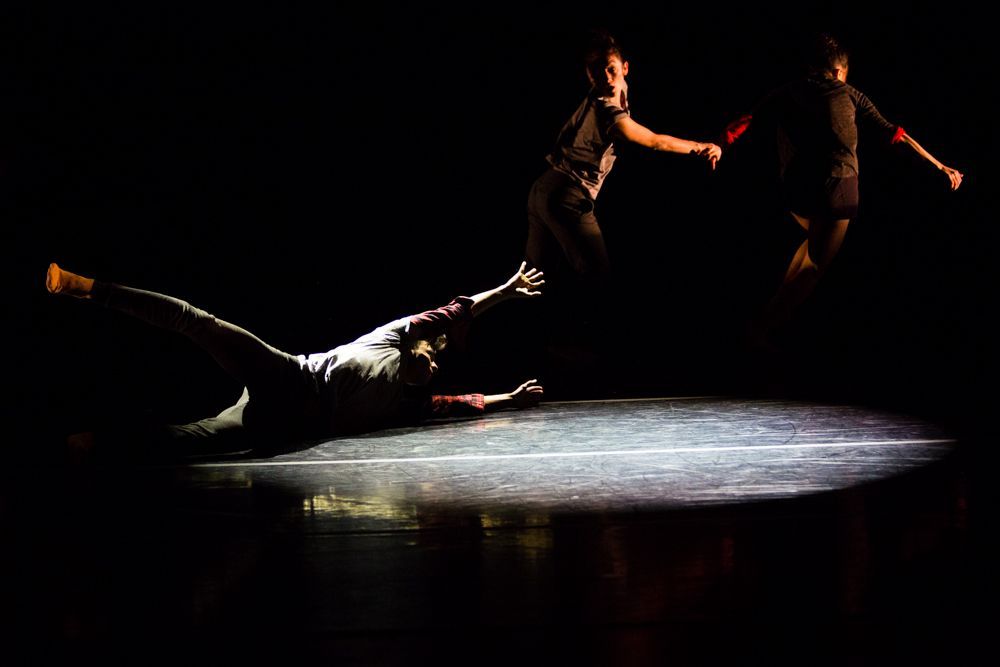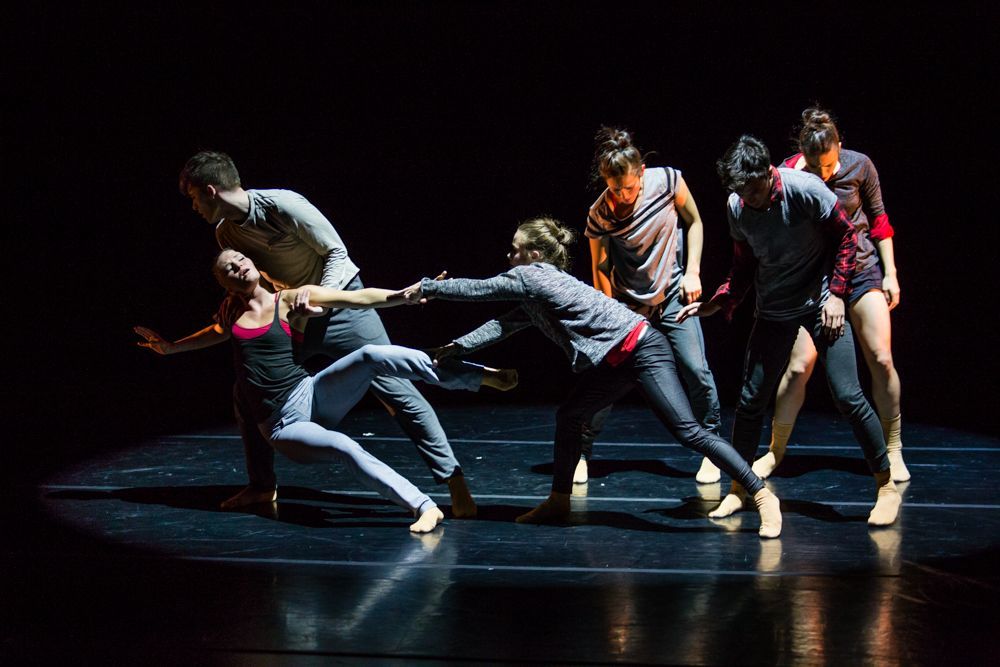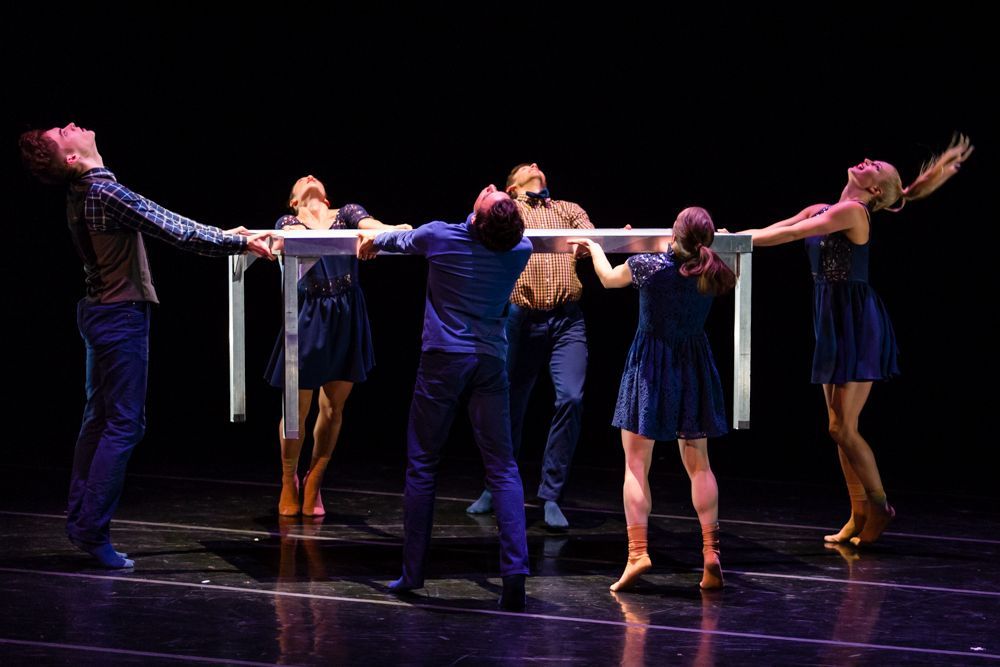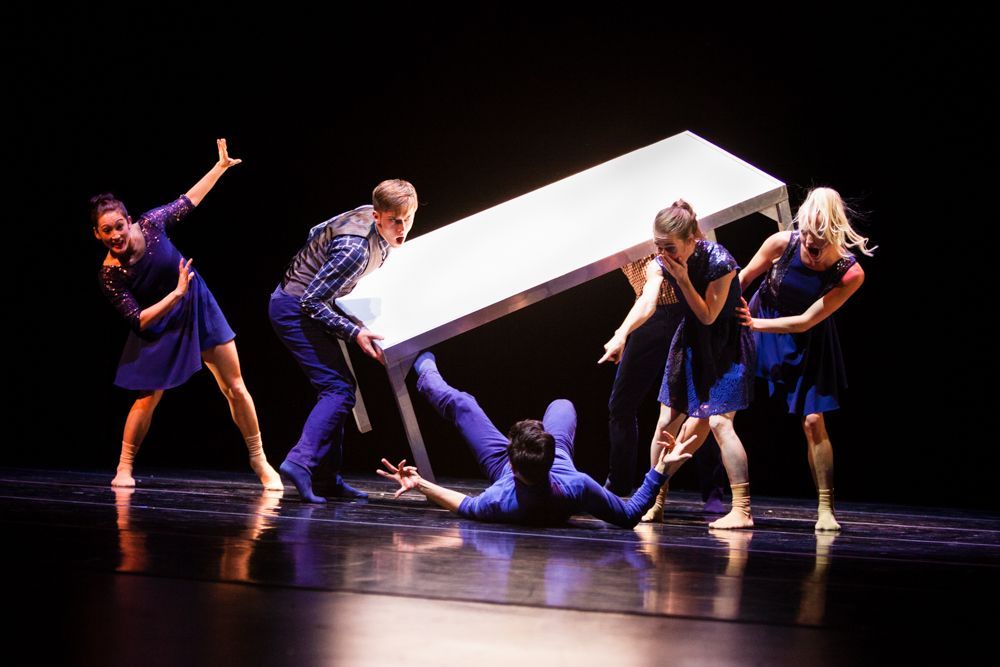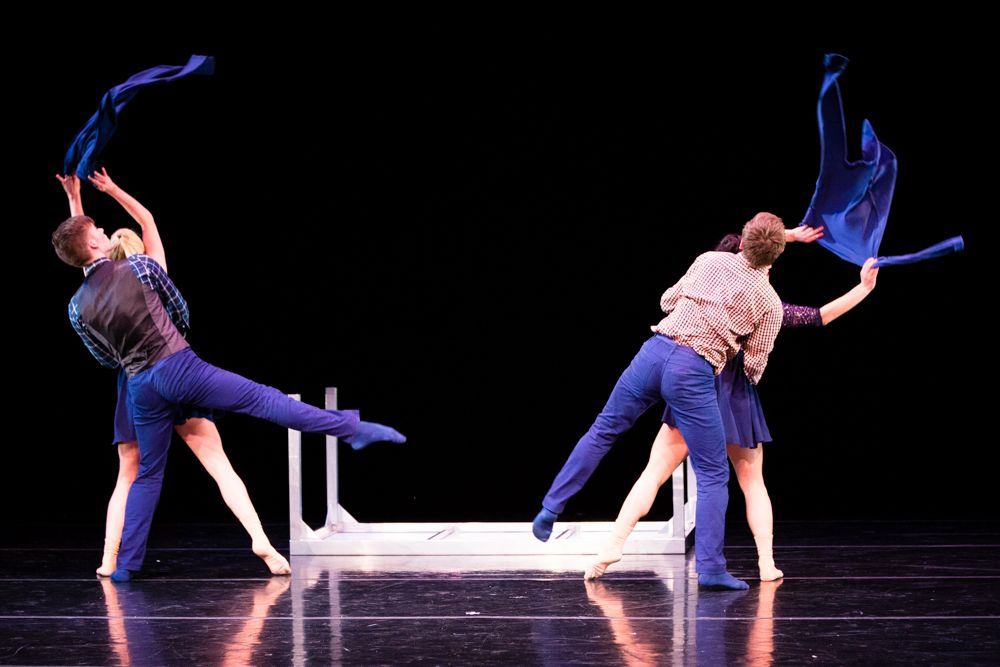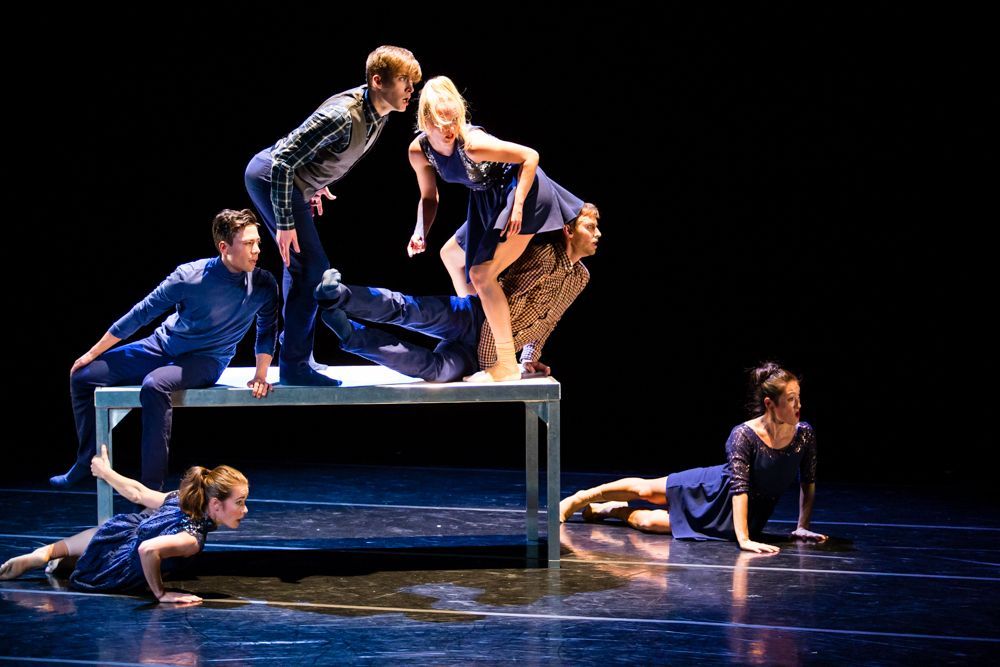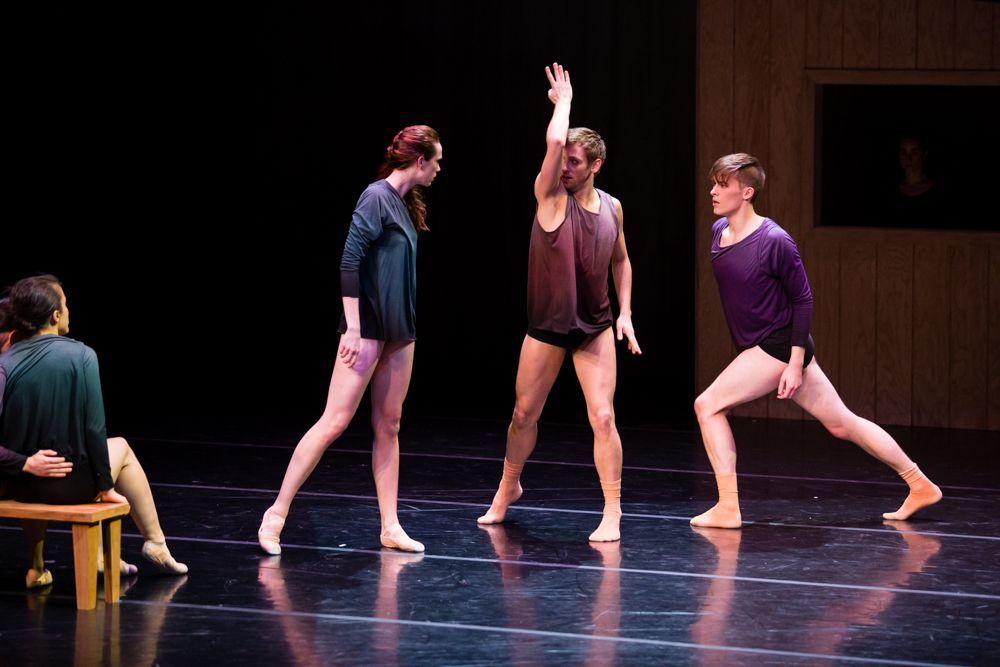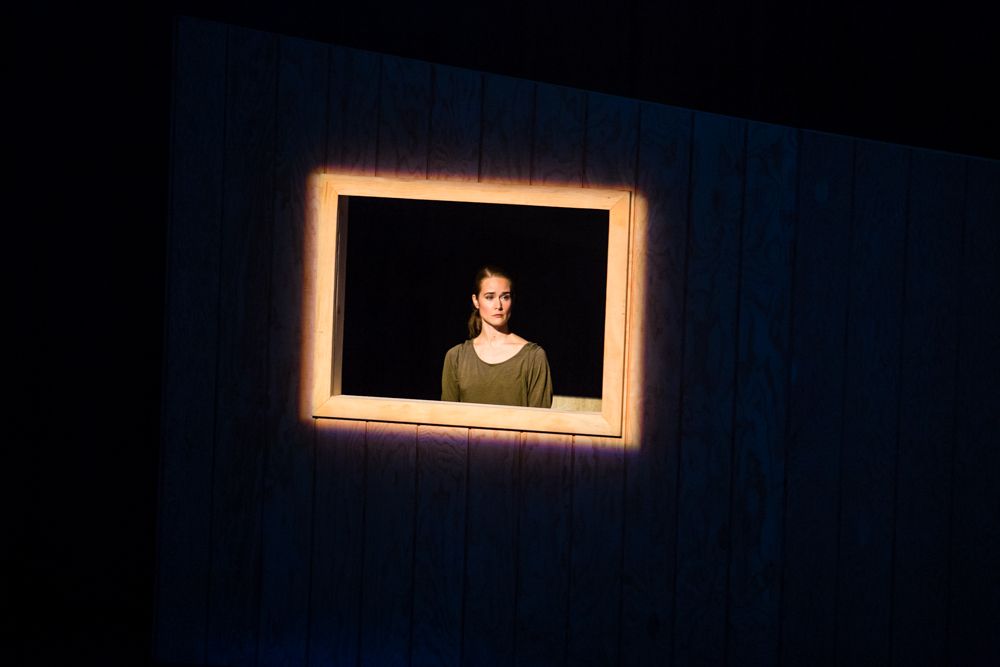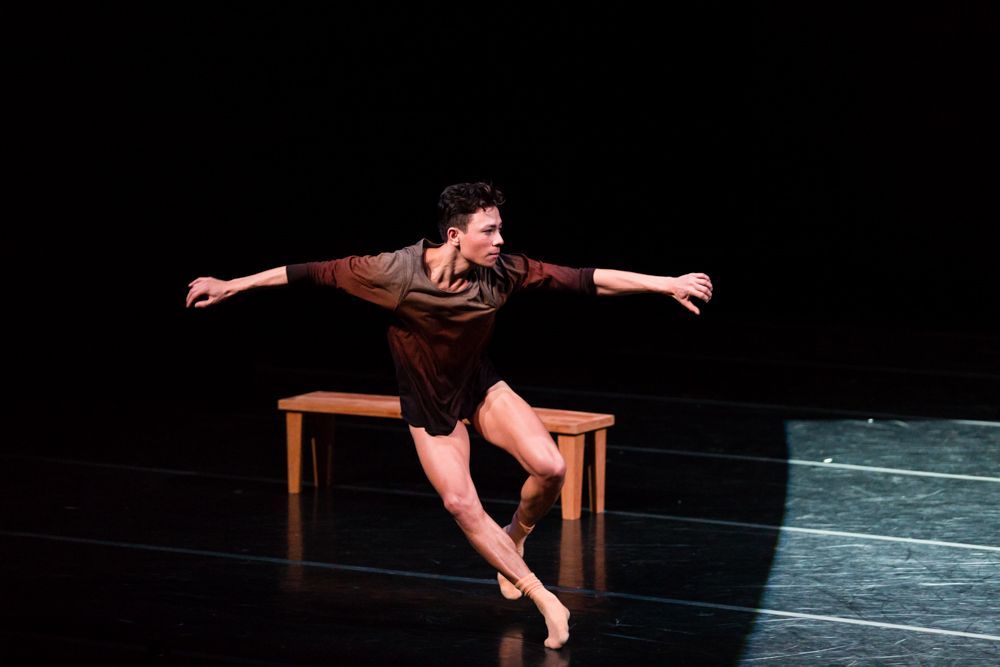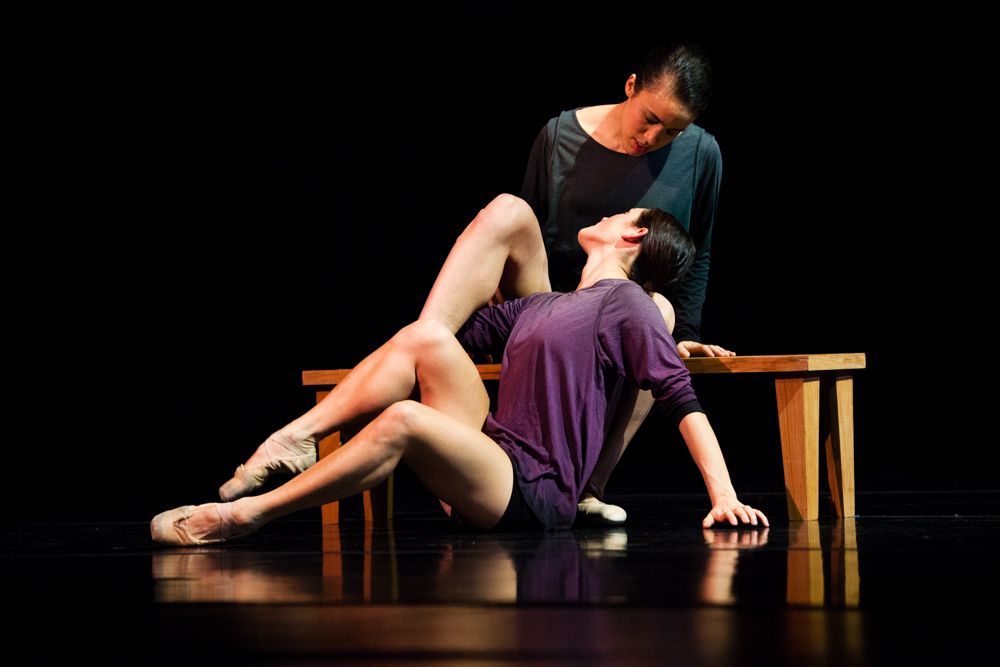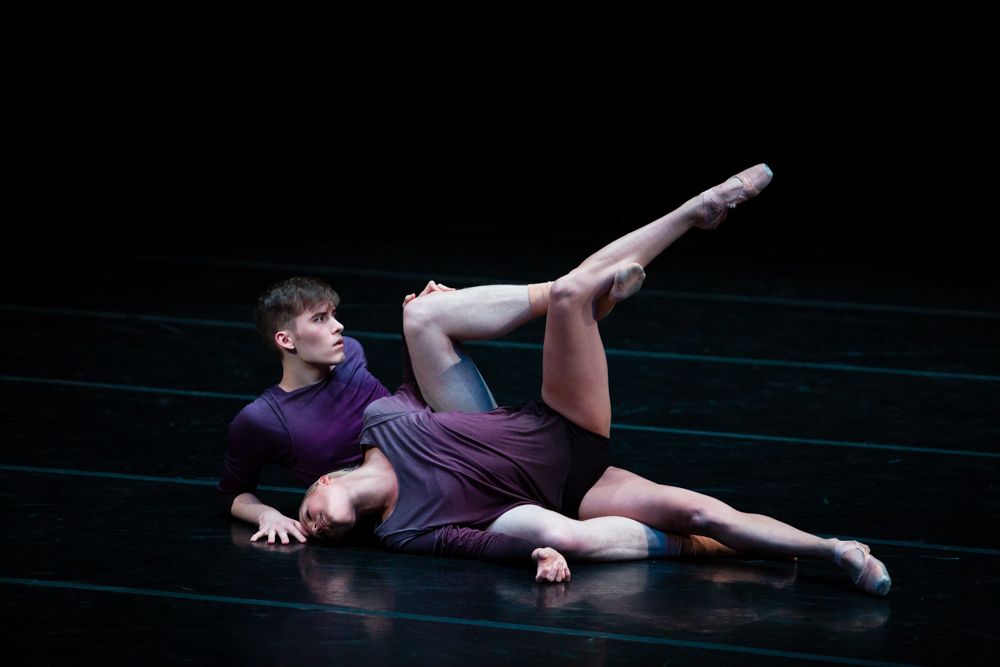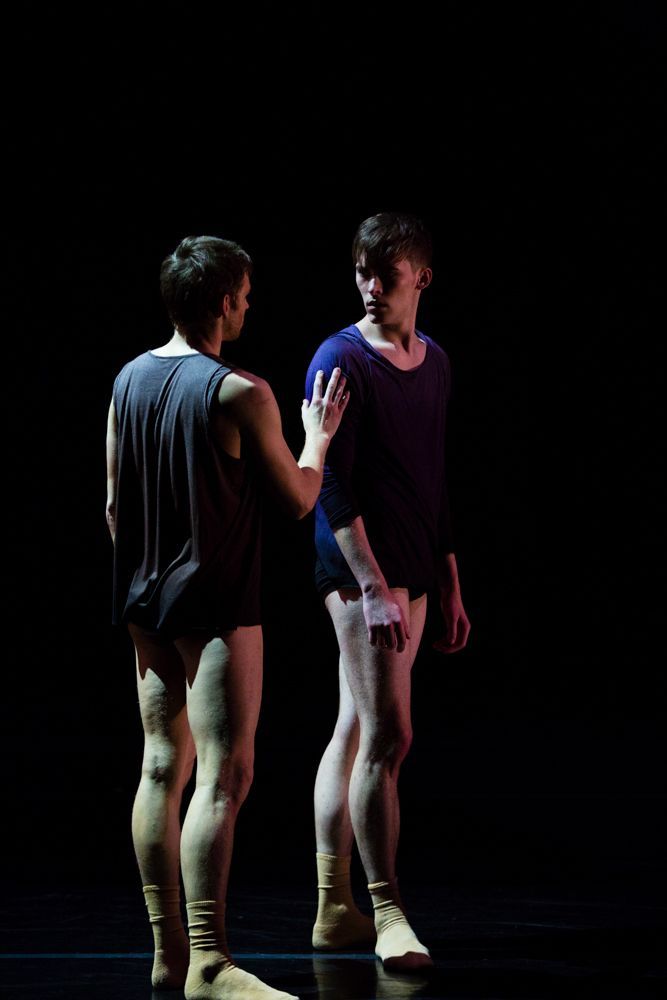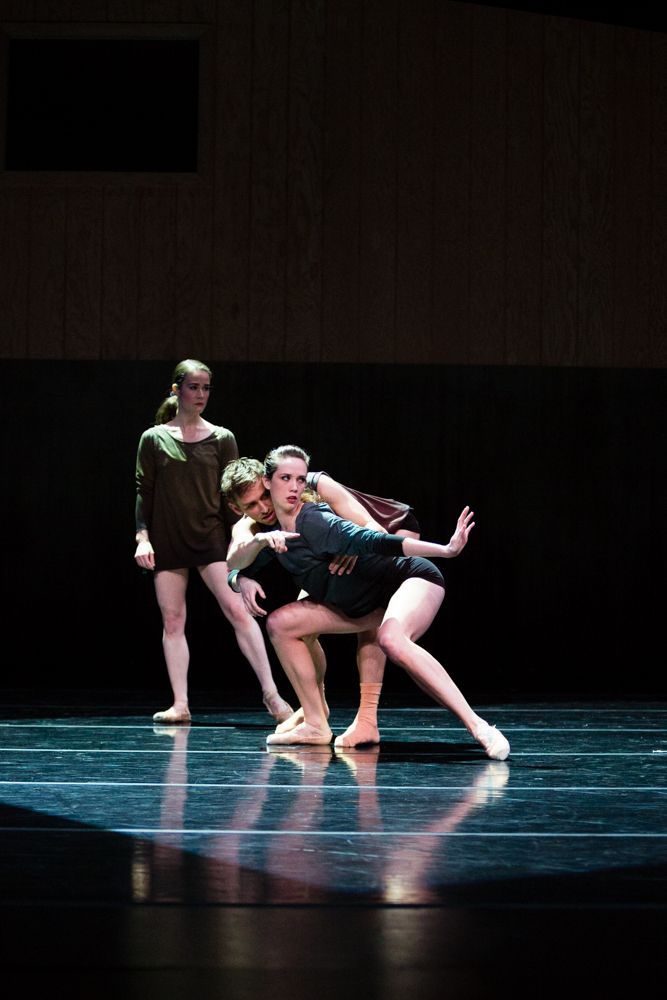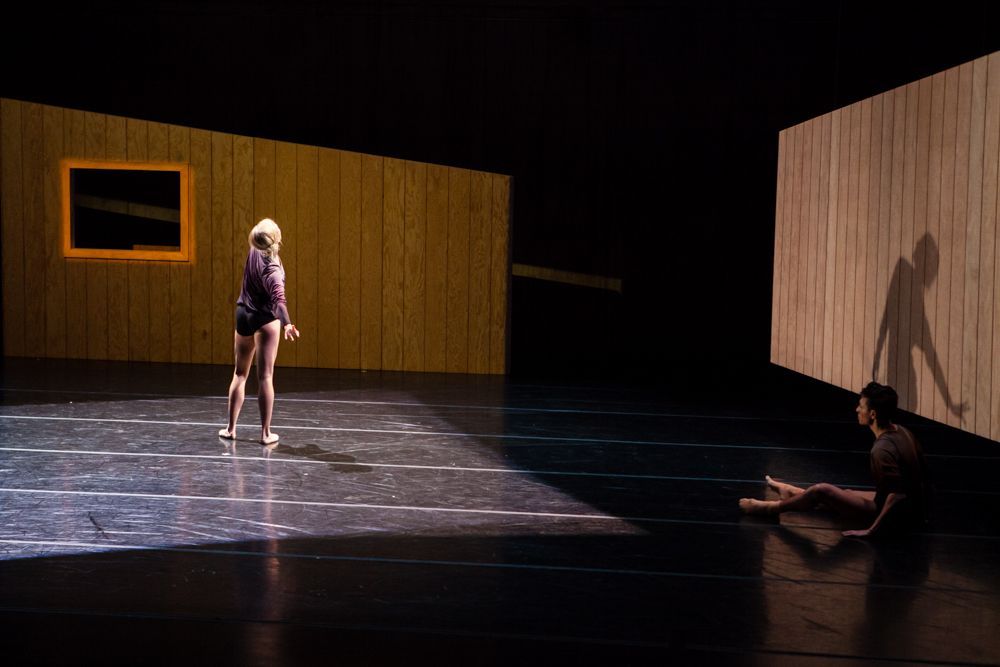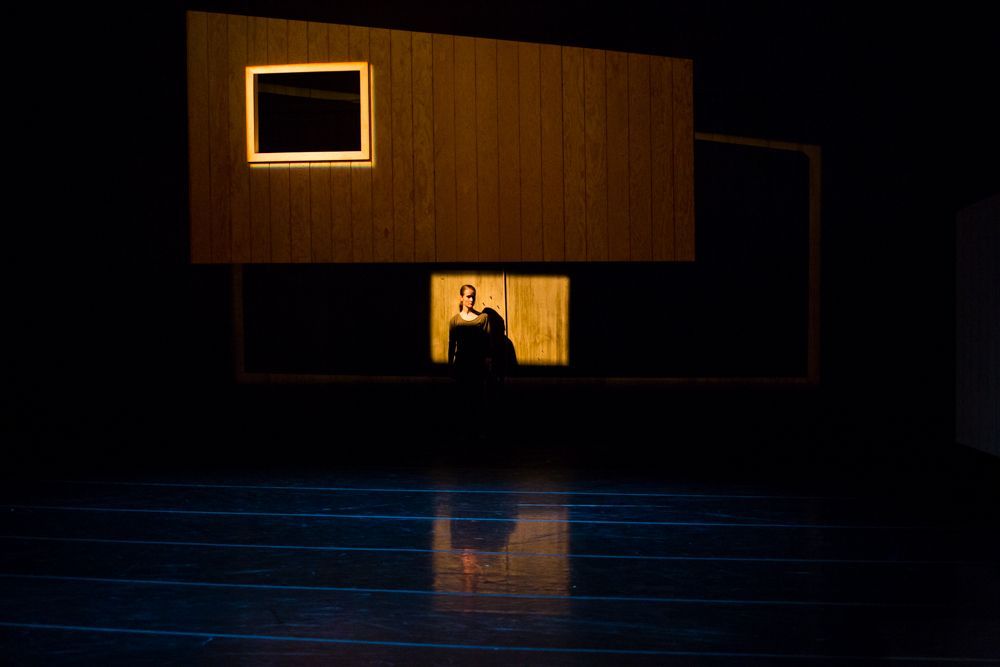“You’ll never please everyone,” says Whim W’Him artistic director Olivier Wevers.
But I find it intriguing to try. As the writer of Whim W’Him program notes,
I’m very curious about what level of detail an audience desires.
Maybe you, the readers of this blog, can help out.
A lot depends on taste. Are you the sort who likes your experience raw?—no intro, no synopsis, no cast of characters, no hinting about subtexts? Do you come to the theater to encounter unmediated the dancers on the stage in all their mystery and ambiguity? 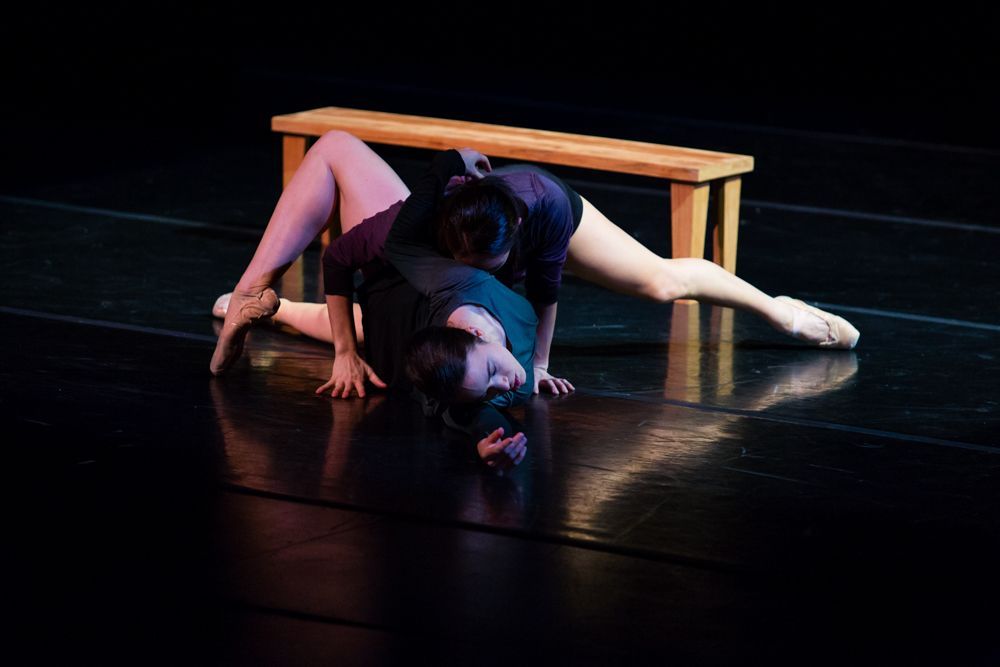
Or—at the other extreme—do you thrive on prior acquaintance? studying scores and eager to meet the curtain’s rise primed with choreographer/dancer bios, plot summaries, indications of thematic material, suggestions about the inspiration for this particular work, history of past performances, etc? Do you attend more than one show?
 |
 |
The answer for the first sort is easy. Don’t look at the program, or only do so afterwards. For the second, research—into earlier versions if there are such, advance press, reviews, blogs such as this one, YouTube or other videos, the program itself, perhaps a studio or dress rehearsal viewing, as well as after-show Q&A sessions—provide ample backstory.
But what if you attend the show—drawn by previous attendance, recommendations of friends or critics, simple curiosity, or not having anything better to do that night—without much knowledge of the nature of the pieces on the program? The majority of audience members, I would guess, are neither especially up on the process of creation-behind-the-scenes nor liable to see any given program more than once. And, without craving a dissertation on the subject, they may find their experience and understanding of works made fuller and richer by some context. Hence program notes. But how much is enough? What kind of information and/or explanation would you like?
Instantly Bound, Whim W’Him’s most recent show, provides a perfect example of the intriguing, and sometimes perplexing, conundrum of program note writing. Olivier, the choreographer of the show’s first and last pieces, is a minimalist when it comes to program notes. Likewise Juanjo Arques, the Spanish choreographer whose US premiere work was also on the program. So we provided only the briefest of descriptions.
But did they tell you, the viewer, enough of what you needed or wanted to know?
In writing up notes, I too am generally in favor of the less-is-more approach.
For a work like the title piece, Instantly Bound, with a clear theme but no linear plot,
this seemed enough:
“Sudden death by gun violence. Life or the memory of life is anything but linear.
Scenes, events, interactions come back piecemeal, a patchwork with no logical order, no empirical progression. Singly or together, we try to work out how to negotiate sudden yawning craters in the ordinary world, forming a community with others who share in suffering loss.”
These words provided a handle for the viewer to interpret the falling and running figures, the reaching out to each other in support, without their needing to attribute any single meaning to individual moments or judge what is to be done about gun violence.
The notes for Olivier’s Les Sylphides served quite a different purpose, namely to alert the audience to his intent in turning a venerable non-narrative classical ballet upside-down: Sure, there could have been more, a listing of roles, say—curmudgeon, love-starved wife, philanderer with clingy/outraged spouse, inebriated couple—but even without that kind of labeling, the slapstick story, with its larger-than-life characters, is easy enough to follow. On the other hand, how many people in the audience recognized that when Jim Kent fell on his back on the floor, it was because he’d spilled wine all over himself? …or that the dancers in the background after that were washing and ironing his clothes? And if not, did it really matter? And then, there is Juanjo’s sinuous and, for some, enigmatic piece, Crossroads: The program notes said only: Having watched closely Crossroads’ process of development—from an intentionally undeveloped idea about people meeting; through a series of improv exercises in which the dancers’ movement suggested to Juanjo a cast of characters and a changing set of relationships; to the final piece—the narrative line appeared crystal clear to me as it unfolded onstage. But from several comments by audience members and reviewers— admiring the movement but confused about the circumstances it portrayed—I inferred that, in the absence of a little verbal stage-setting, certain subtleties of personality and connection had not come through on first acquaintance. Some pieces are best appreciated when accompanied by a brief synopsis. It doesn’t necessarily take much. Here, for example is the program note for Antony Tudor‘s Lilac Garden: “Caroline, on the eve of her marriage to the man she does not love tries to say farewell to her lover at a garden reception. In the end, she goes off on the arm of her betrothed with hopelessness in her eyes.” What do YOU think? Leave comments below if you like… Photo Credit: Bamberg Fine Art Photography
“In Olivier’s subversive reinvention of that apotheosis of the Romantic
A further note might well have mentioned the playful social commentary implicit in Olivier’s contrasting of the guests’ uninhibited drunken and sexy carryings-on with their fussy horror at social faux pas like wine-spilling and shocked dismay at the advent of an uninvited guest. Would that have been useful? Or telling too much? What do you think?
Crossroads in time and place.
Each instant/space where things begin or end.
What is that moment in our lives?
Where is this place?
Who are we, before and after?
So supposing the program to Juanjo Arques’s Crossroads had added something like this:
Laura watching, craves to connect. Jim, dancing in a dream, eludes her.
Geneva waiting, Mia seeking, discover a true bond.
Kyle, his secret eroding a long attachment to Tory, leaves her for Thomas.
Thomas & Maddie, young & predatory, seek pleasure and move on.
Tory despairing awakens Jim. A new relation forming?
Laura watches, craving still to connect.
